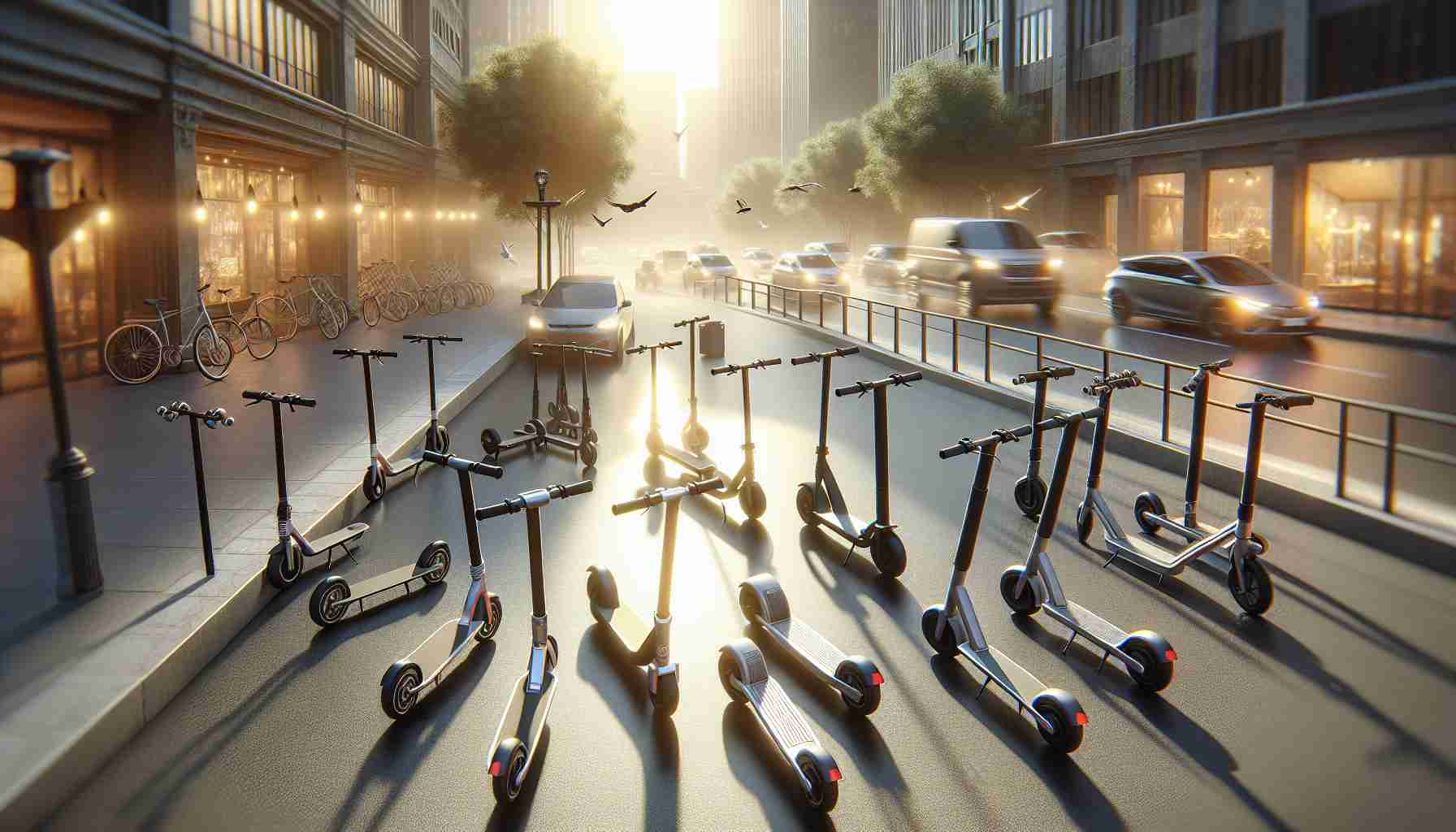The electric scooter, moped, and motorcycle market is surging forward, driven by an increased need for environmentally friendly transport options and rising fuel prices. These electric alternatives offer a practical and cost-effective choice for modern commuters looking to move away from traditional vehicles powered by gasoline.
Market Expansion and Growth
By 2021, the global market for these e-vehicles reached an impressive value of USD 53.59 billion. Projections indicate this figure will skyrocket to USD 623.59 billion by 2029, reflecting a robust CAGR of 8.60%. Emerging markets, in particular, are seeing a rapid adoption, fueled by urbanization and an expanding middle class eager for personal mobility.
Major Influencers
Key players, including established vehicle manufacturers and innovative startups, are offering products that cater to a diverse consumer base. This environment of competition and innovation is contributing to the sector’s dynamic growth.
Opportunities and Challenges
E-scooters and e-mopeds present exciting possibilities for city travel, last-mile deliveries, and tourism. Yet, hurdles persist, such as the need for more charging infrastructure, safety regulations, and advancements in battery technology. Navigating regulatory landscapes and shifting consumer perceptions remain crucial for sustained market success.
Demand Drivers
Environmental benefits, cost savings, and government incentives are powerful forces driving demand. These vehicles are also seen as a solution to urban congestion, offering convenience and low maintenance.
Emerging Trends
Smart connectivity and shared mobility services, advancements in battery technology, and the expansion of charging networks are shaping the future landscape of the e-vehicle industry. With such momentum, e-scooters and e-motorcycles are poised to redefine how we think about transportation in our cities.
Electric Revolution: How E-Scooters are Transforming Urban Mobility
Electric scooters, mopeds, and motorcycles are not just about going green or saving on fuel costs; they are a pivotal force in reshaping our urban landscape. As the e-vehicle market accelerates, touching a projected USD 623.59 billion by 2029, we’re entering an era of rapid technological and societal evolution.
Innovations Driving E-Vehicles Forward
One striking development in this field is the integration of AI and IoT technologies into electric vehicles. These innovations aren’t just adding convenience; they’re fundamentally changing user interaction with their e-scooters. Smart features now enable predictive maintenance alerts, theft prevention measures through GPS tracking, and real-time traffic data to optimize route efficiency. This means that commuting can be smarter, safer, and more efficient, fundamentally altering the way we think about urban travel.
Expansion Beyond Urban Areas
While initially tailored for city environments due to their short-range nature, innovations in battery technology are extending the reach of these vehicles. Longer-range batteries and fast-charging capabilities are gradually erasing the boundaries, making long-distance travel more viable than ever before. This expansion could potentially lead to a decrease in rural transportation inefficiencies, offering eco-friendly choices in less populated areas.
Environmental Controversies and Challenges
Despite the clear benefits, the environmental impact of battery production remains a significant concern. The extraction of materials like lithium and cobalt, crucial for battery manufacturing, involves environmental degradation and ethical dilemmas. Innovations in battery recycling and increased investment in sustainable mining practices are crucial to mitigating these issues.
Urban Planning and Infrastructure
As the number of e-vehicles explodes, cities are compelled to adapt. The need for robust charging infrastructure is pressing, and its development will be pivotal for widespread adoption. This raises interesting questions about urban planning priorities: Will cities around the globe set aside more space for e-vehicle infrastructure, or will they struggle under the weight of rapid growth?
Advantages and Disadvantages
The benefits of electric scooters include reduced noise pollution, lower operating costs, and fewer emissions, which are attractive to environmentally-conscious consumers. However, safety concerns, particularly with minimal licensing requirements and the vehicles’ silent operation on already busy roads, remain a significant downside.
What’s Next?
The future promises more than technological enhancements—it also offers the chance for societal change. Shared mobility services are paving the way for a new commuting culture that values cost-effectiveness and environmental responsibility over personal ownership.
Can these vehicles become safe and sustainable enough to replace traditional transport modes? Will the rapid urbanization drive more e-vehicle adoption or create unforeseen challenges? Only time—and continued innovation—will tell.







